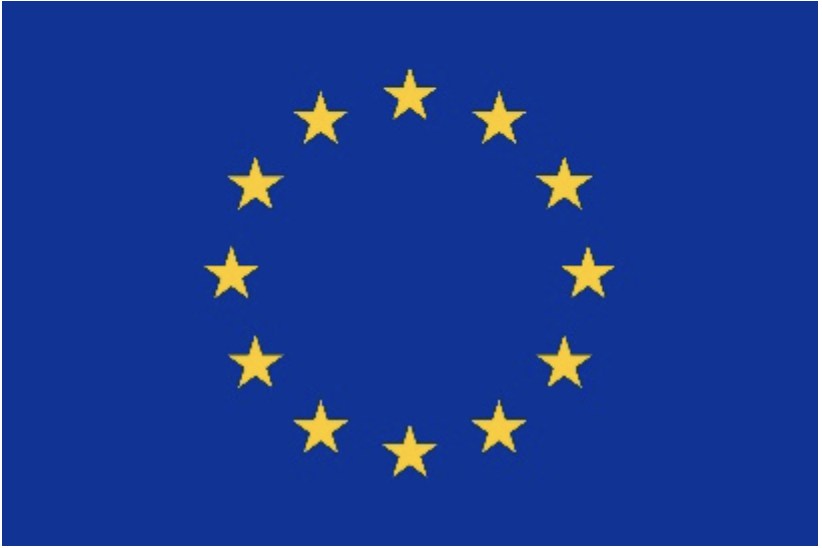CNRS-PROMES published an article about SFERA-III in the context of the ECOS Conference 2020 (33rd International Conference on Efficiency, Cost, Optimization, Simulation and Environmental Impact of Energy Systems).
The paper, entitled “A supervised deep learning model for cloud/sky image segmentation”, was produced as part of SFERA-III’s Joint Research Activities (WP10, JRA5). It was published in the ECOS conference proceedings in July 2020.
Abstract
Sky images captured by ground-based cameras are increasingly used nowadays because of their applications in a number of fields, in particular assessment and forecasting of the solar resource. Direct normal irradiance (DNI) forecasts, which can be used to improve the efficiency of concentrated solar power systems, are highly correlated with cloud cover evolution. In this context, accuracy is a key feature; taking into consideration the nature of the clouds and changes in the atmospheric conditions, achieving such high accuracy is problematic and challenging. In this paper, we present two segmentation tools to address the complicated nature of the clouds, attempting to present models free from tunable thresholds and completely based on supervised learning. The first one is a multilayer (deep) artificial neural network-based model and the second one is a k-nearest-neighbors-based model. Using high-dynamic-range (HDR) sky images collected in Perpignan (southern France), we compare these two models with state-of-the-art segmentation algorithms.
References
Title: A supervised deep learning model for cloud/sky image segmentation
Authors: Youssef Karout and Stéphane Thil and Julien Eynard and Stéphane Grieu
Address: Osaka, Japan
Booktitle: 33rd International Conference on Efficiency, Cost, Optimization, Simulation and Environmental Impact of Energy Systems (ECOS 2020)
Date: July 2020

This project has received funding from the European Union’s Horizon 2020 research and innovation programme under grant agreement No 823802
